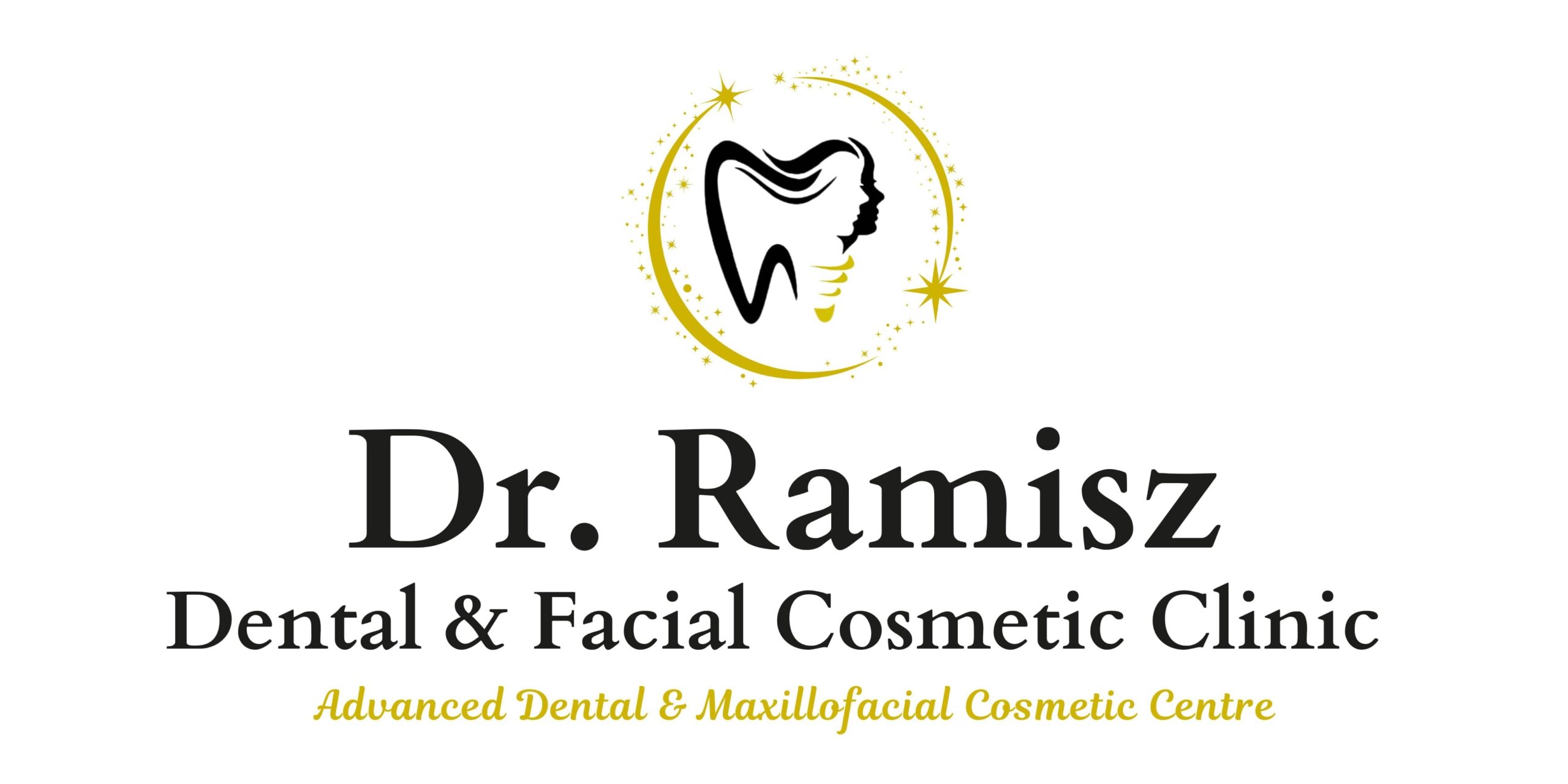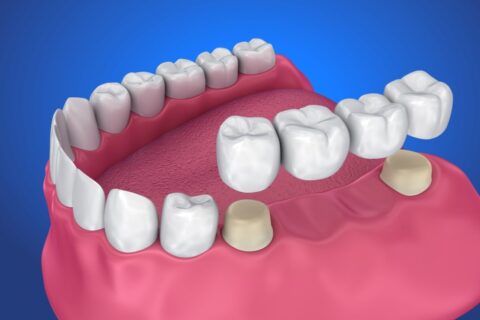Concerns about allergic and toxic reactions to some metals, along with a rise in aesthetic interest, led to the proposal of zirconia as a new ceramic material in the later half of the 20th century. It is currently a popular biomaterial that can replace alumina in dental applications. It is used to make implant abutments, crown and bridge restorations, and endodontic posts.
A dental crown can also be used to restore a tooth that is severely decayed or discoloured. They can also be used to strengthen many teeth when combined with bridges.
When it comes to crown construction materials, you have several options, such as ceramic and metal. These days, some people also have the option of a zirconia crown. Zirconium dioxide, a tough form of ceramic substance, is used to create zirconia crowns.
Advantages of zirconia dental crowns
- Zirconia crowns are becoming more and more common, and there are certain advantages.
- Two of zirconia’s primary advantages are its strength and durability. Consider the force your back teeth exert on the food when you chew.
- If you require the crowns in the rear of your mouth to be made of a durable material, zirconia can be a good choice. Because zirconia is so durable, your dentist won’t need to prepare your teeth as much.
CERAMIN BASED TEETH
The primary constituents of inorganic compounds with non-metallic properties are oxygen and one or more metallic (or semimetallic) and/or non-metallic elements, such as aluminium, calcium, lithium, magnesium, potassium, silicon, sodium, tin, titanium, and zirconium. Powdered ceramic frits are often composed of a mixture of glass and crystalline particles for use in veneering (layering) ceramics.
Over the past few decades, there has been a significant improvement in the mechanical properties and manufacturing techniques of ceramic materials. All ceramic systems have been attempted to replace metal ceramics systems, despite the fact that porcelain-based materials still account for a large share of the market. Thanks to advancements in bonding techniques, ceramics’ scope and use in dentistry have grown.
Dental ceramics are components of systems created to create dental prostheses, which are then used to replace missing or damaged dental parts. Ceramics are inorganic, non-metallic materials created by man by heating raw minerals to high temperatures, according to the literature on the subject.


